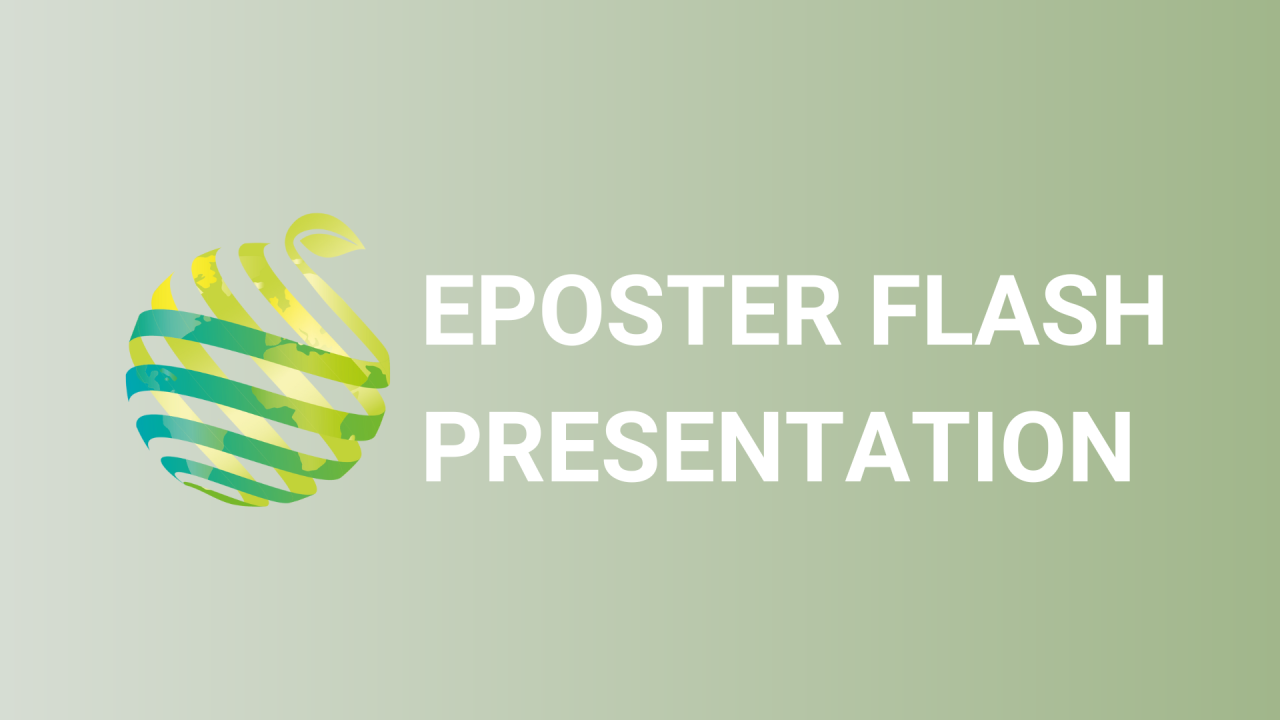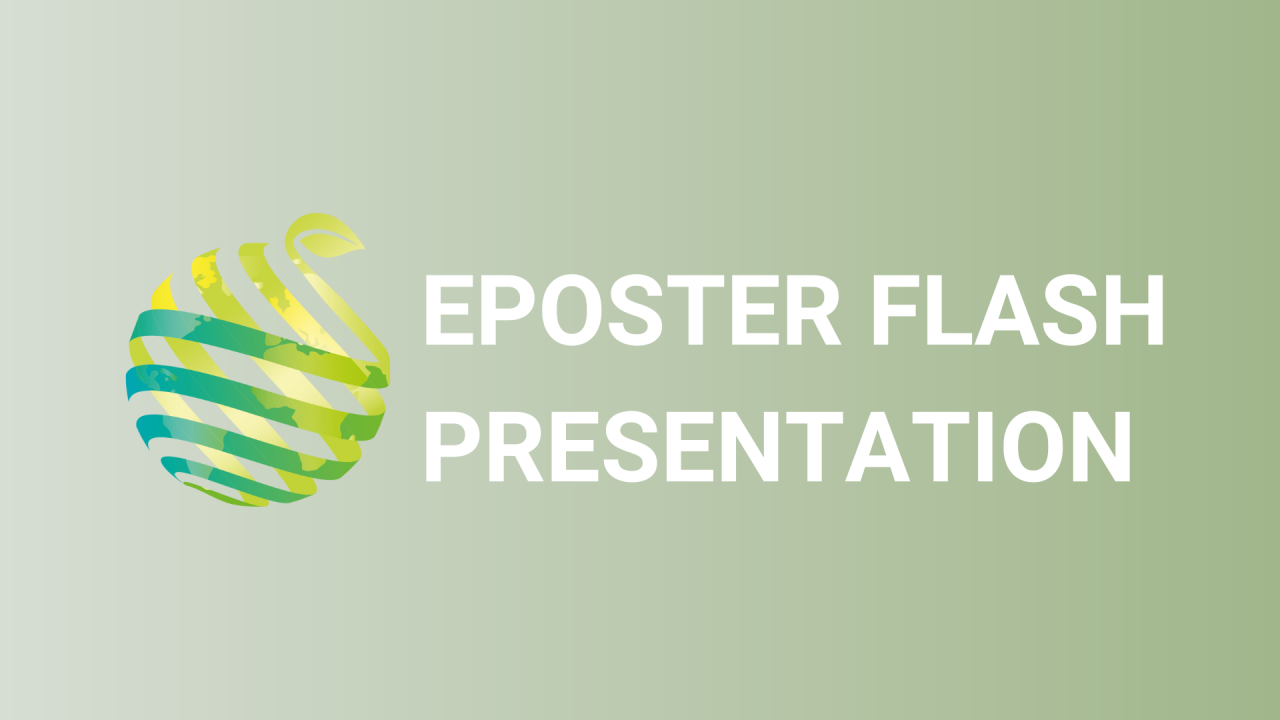

S04 - Session P1 - New Tools I - Effect of LED lighting on the rooting of micropropagated raspberry (Rubus idaeus L.) plants
Information
Authors: Lilyana Nacheva *, Andon Vassilev, Nataliya Dimitrova, Lyubka Koleva-Valkova, Ivan Ivan Tarakanov
Light emitting diodes (LEDs) have become an alternative to fluorescence lamp source of light for plant tissue culture due to their low energy consumption, low heat emission, specific wavelength irradiation etc. The aim of this study was to investigate the effects of LEDs on the rooting of in vitro cultivated raspberry ( Rubus idaeus L. 'Lloyd George') plants and their further ex vitro acclimation under natural light in a greenhouse. The plantlets were cultivated in vitro under an illumination system based on Philips GreenPower LED research module. Four groups of LEDs emitting in white (W), red (R), blue (B), mixed (W:R:B:far-red=1:1:1:1) spectral regions and fluorescent lamps (control) were used in our studies. Photosynthetic photon flux density (PPFD) of the treatments was 87+-7.5 μmol m n2 s n1 . Growth parameters, some physiological and biochemical characteristics of the plantlets were measured after three weeks on rooting medium under the respective light regimes and three months after transplanting to the greenhouse under natural light. The results indicated that the best rooting (88.22%) was obtained under mixed LED light. In plants cultivated under red LED light, the lowest percentage of rooting, fresh and dry biomass, but the longest shoot length were reported. At the end of the acclimation in the greenhouse, their biomass and leaf area did not differ significantly from the plants grown under white and mixed LED lights. Plants micropropagated and rooted under blue light, showed significantly slower growth and biomass accumulation and could not reach the size of plants from the other light treatments even after 90 days in natural light in the greenhouse.